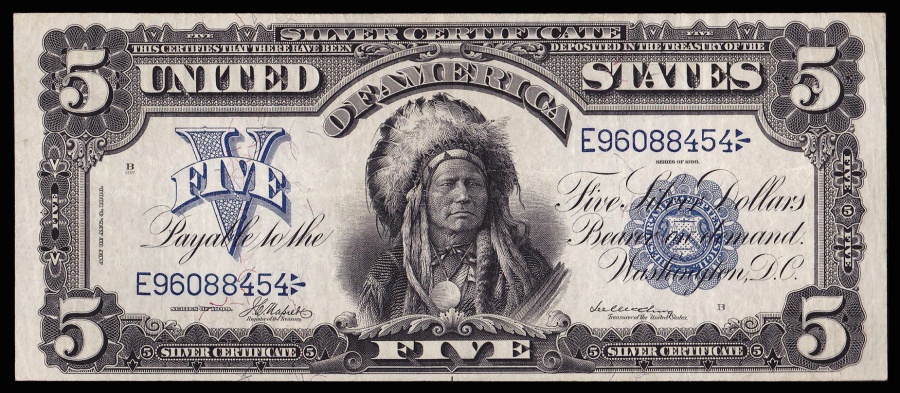This note is a legal tender for all debts public and private except duties on imports and on the public debt: And it is receivable in payment of all loans made to the United States.
I was surprised to see the language on the back of the greenback saying except duties on imports and on the public debt. It is interesting that public debt is excluded. Who holds public debt? Likely bankers or central bankers. However the duties on imports is still a question to me. The government would be in receipt of that. Perhaps the government also wanted precious metals also?
Greenbacks were paper currency (printed in green on the back) issued by the United States during the American Civil War. They were in two forms: Demand Notes, issued in 1861–1862, and United States Notes issued in 1862–1865. They were legal tender by law, but were not backed by gold or silver, only the credibility of the U.S. government.
Wikipedia: Demand Notes: When Demand Notes were discontinued, their successors, the Legal Tender Notes, could not be used to pay import duties, a large part of the U.S. federal tax base at the time, and thus Demand Notes took precedence. As a result, most Demand Notes were redeemed, though the few remaining Demand Notes are the oldest valid currency in the United States today.
Wikipedia: United States Note: A United States Note was also known as a Legal Tender Note
In contrast the following year 1899 5 dollar silver certificate has a different usage callout.
This certificate is receivable for customs taxes and all public dues and when so received may be reissued.
This seems to reinforce my theory above that the government wanted paid in precious metals or a paper proxy thereof for their taxes. The natural question at this point is if silver certificates and greenbacks were in circulation at the same time. That would lead to a differential in inflation rates and desirability.
Silver certificates were issued between 1878 and 1964 in the U.S. These were representative money and part of the circulation for paper currency. The certificates were originally redeemable for their face value in silver dollar coins, and then for one year, from June of 1967 to June of 1968, for raw silver bullion.May 18, 2015
Research Links
- Archive.org: Paper money of the United States; a complete illustrated guide with valuations
- Local Copy: Paper money of the United States; a complete illustrated guide with valuations
- Evolution from Gold to Fiat Money
- US Currency guide
History of the 5 Dollar Bill






0 Comments